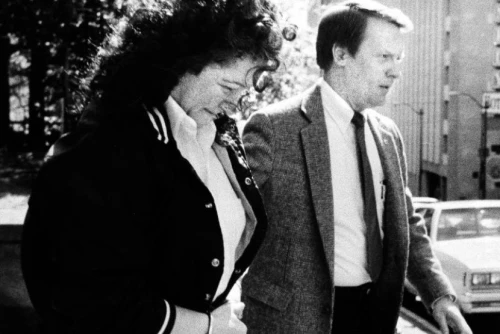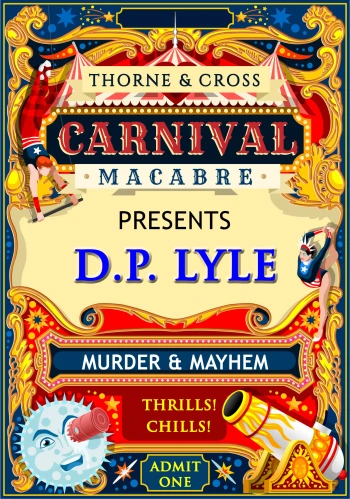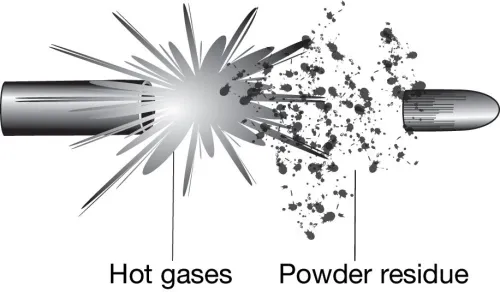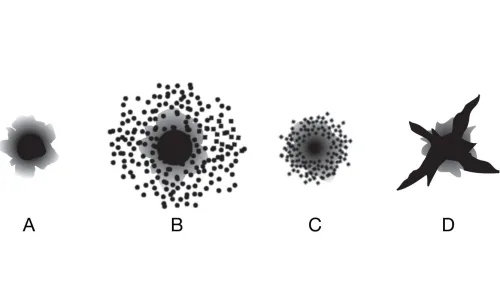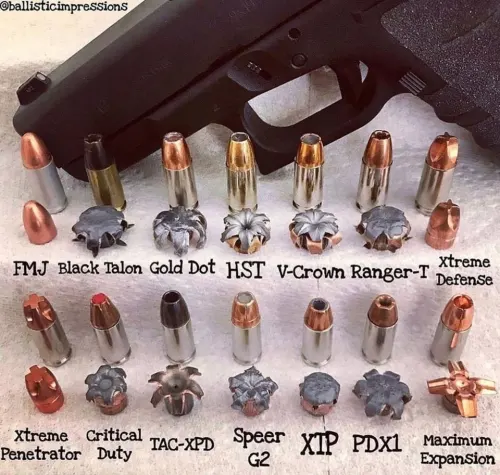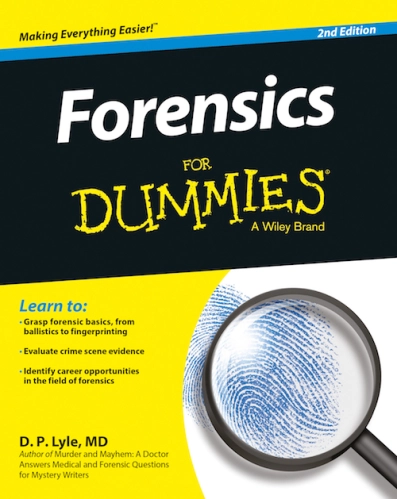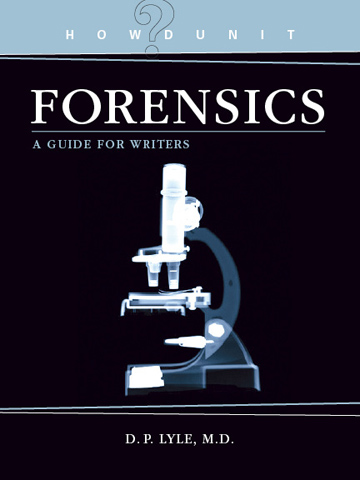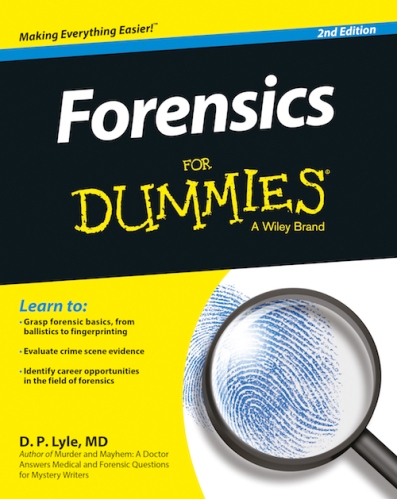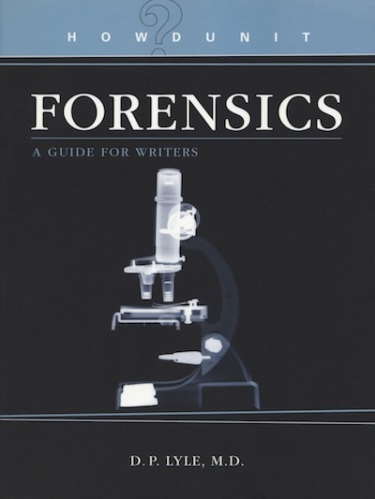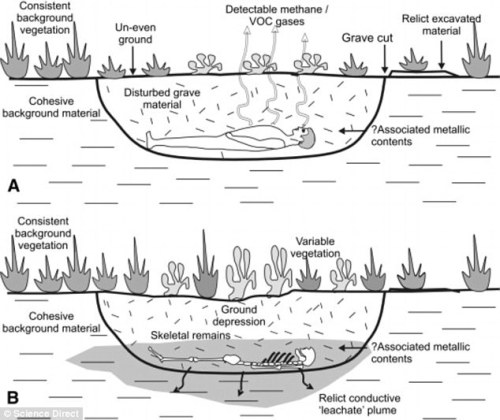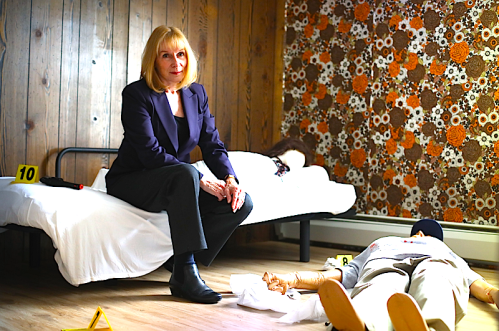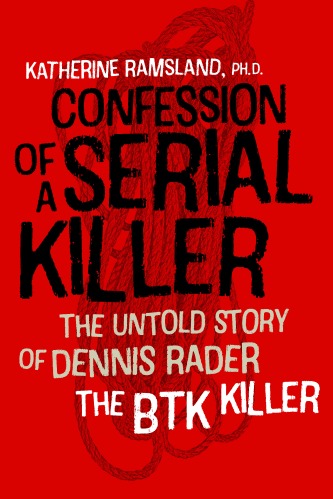Criminal Mischief: Episode #25: A Stroll Through Forensic Science History

LISTEN:https://soundcloud.com/authorsontheair/forensicsciencehistory
PAST SHOWS: http://www.dplylemd.com/criminal-mischief.html
SHOW NOTES: http://www.dplylemd.com/criminal-mischief-notes/25-a-stroll-through-forensi.html
FORENSIC SCIENCE TIMELINE
Prehistory: Early cave artists and pot makers “sign” their works with a paint or impressed finger or thumbprint.
1000 b.c.: Chinese use fingerprints to “sign” legal documents.
3rd century BC.: Erasistratus (c. 304–250 b.c.) and Herophilus (c. 335–280 b.c.) perform the first autopsies in Alexandria.
2nd century AD.: Galen (131–200 a.d.), physician to Roman gladiators, dissects both animal and humans to search for the causes of disease.
c. 1000: Roman attorney Quintilian shows that a bloody handprint was intended to frame a blind man for his mother’s murder.
1194: King Richard Plantagenet (1157–1199) officially creates the position of coroner.
1200s: First forensic autopsies are done at the University of Bologna.
1247: Sung Tz’u publishes Hsi Yuan Lu (The Washing Away of Wrongs), the first forensic text.
c. 1348–1350: Pope Clement VI(1291–1352) orders autopsies on victims of the Black Death to hopefully find a cause for the plague.
Late 1400s: Medical schools are established in Padua and Bologna.
1500s: Ambroise Paré (1510–1590) writes extensively on the anatomy of war and homicidal wounds.
1642: University of Leipzig offers the first courses in forensic medicine.
1683: Antony van Leeuwenhoek (1632–1723) employs a microscope to first see living bacteria, which he calls animalcules.
Late 1600s: Giovanni Morgagni (1682–1771) first correlates autopsy findings to various diseases.
1685: Marcello Malpighi first recognizes fingerprint patterns and uses the terms loops and whorls.
1775: Paul Revere recognizes dentures he had made for his friend Dr. Joseph Warren and thus identifies the doctor’s body in a mass grave at Bunker Hill.
1775: Carl Wilhelm Scheele (1742–1786) develops the first test for arsenic.
1784: In what is perhaps the first ballistic comparison, John Toms is convicted of murder based on the match of paper wadding removed from the victim’s wound with paper found in Tom’s pocket.
1787: Johann Metzger develops a method for isolating arsenic.
c. 1800: Franz Joseph Gall (1758–1828) develops the field of phrenology.
1806: Valentine Rose recovers arsenic from a human body.
1813: Mathieu Joseph Bonaventure Orfila (1787–1853) publishes Traité des poisons (Treatise on Poison), the first toxicology textbook.
1821: Sevillas isolates arsenic from human stomach contents and urine, giving birth to the field of forensic toxicology.
1823: Johannes Purkinje (1787–1869) devises the first crude fingerprint classification system.
1835: Henry Goddard (1866–1957) matches two bullets to show they came from the same bullet mould.
1836: Alfred Swaine Taylor (1806–1880) develops first test for arsenic in human tissue.
1836: James Marsh (1794–1846) develops a sensitive test for arsenic (Marsh test).
1853: Ludwig Teichmann (1823–1895) develops the hematin test to test blood for the presence of the characteristic rhomboid crystals.
1858: In Bengal, India, Sir William Herschel (1833–1917) requires natives sign contracts with a hand imprint and shows that fingerprints did not change over a fifty-year period.
1862: Izaak van Deen (1804–1869) develops the guaiac test for blood.
1863: Christian Friedrich Schönbein (1799–1868) develops the hydrogen peroxide test for blood.
1868: Friedrich Miescher (1844–1895) discovers DNA.
1875: Wilhelm Konrad Röntgen (1845–1923) discovers X-rays.
1876: Cesare Lombroso (1835–1909) publishes The Criminal Man, which states that criminals can be identified and classified by their physical characteristics.
1877: Medical examiner system is established in Massachusetts.
1880: Henry Faulds (1843–1930) shows that powder dusting will expose latent fingerprints.
1882: Alphonse Bertillon (1853–1914) develops his anthropometric identification system.
1883: Mark Twain (1835–1910) employs fingerprint identification in his books Life on the Mississippi and The Tragedy of Pudd’nhead Wilson (1893– 1894).
1887: In Sir Arthur Conan Doyle’s first Sherlock Holmes novel, A Study in Scarlet, Holmes develops a chemical to determine whether a stain was blood or not—something that had not yet been done in a real-life investigation.
1889: Alexandre Lacassagne (1843–1924) shows that marks on bullets could be matched to those within a rifled gun barrel.
1892: Sir Francis Galton (1822–1911) publishes his classic textbook Finger Prints.
1892: In Argentina, Juan Vucetich (1858–1925) devises a usable fingerprint classification system.
1892: In Argentina, Francisca Rojas becomes the first person charged with a crime on fingerprint evidence.
1898: Paul Jeserich (1854–1927) uses a microscope for ballistic comparison.
1899: Sir Edward Richard Henry (1850–1931) devises a fingerprint classification system that is the basis for those used in Britain and America today.
1901: Karl Landsteiner (1868–1943) delineates the ABO blood typing system.
1901: Paul Uhlenhuth (1870–1957) devises a method to distinguish between human and animal blood.
1901: Sir Edward Richard Henry becomes head of Scotland Yard and adopts a fingerprint identification system in place of anthropometry.
1902: Harry Jackson becomes the first person in England to be convicted by fingerprint evidence.
1903: Will and William West Case–effectively ended the Bertillion System in favor of fingerprints for identification
1910: Edmund Locard (1877–1966) opens the first forensic laboratory in Lyon, France.
1910: Thomas Jennings becomes the first U.S. citizen convicted of a crime by use of fingerprints.
1915: Leone Lattes (1887–1954) develops a method for ABO typing dried bloodstains.
1920: The Sacco and Vanzetti case brings ballistics to the public’s attention. The case highlights the value of the newly developed comparison microscope.
1923: Los Angeles Police Chief August Vollmer (1876–1955) establishes the first forensic laboratory.
1929: The ballistic analyses used to solve the famous St. Valentine’s Day Massacre in Chicago lead to the establishment of the Scientific Crime Detection Laboratory (SCDL), the first independent crime lab, at Northwestern University.
1932: FBI’s forensic laboratory is established.
1953: James Watson (1928– ), Francis Crick (1916–2004), and Maurice Wilkins (1916–2004) identify DNA’s double-helical structure.
1954: Indiana State Police Captain R.F. Borkenstein develops the breathalyzer.
1971: William Bass establishes the Body Farm at the University of Tennessee in Knoxville.
1974: Detection of gunshot residue by SEM/EDS is developed.
1977: FBI institutes the Automated Fingerprint Identification System (AFIS).
1984: Sir Alec Jeffreys (1950– ) develops the DNA “fingerprint” technique.
1987: In England, Colin Pitchfork becomes the first criminal identified by the use of DNA.
1987: First United States use of DNA for a conviction in the Florida case of Tommy Lee Andrews.
1990: The Combined DNA Index System (CODIS) is established.
1992: The polymerase chain reaction (PCR) technique is introduced.
1994: The DNA analysis of short tandem repeats (STRs) is introduced.
1996: Mitochondrial DNA is first admitted into a U.S. court in Tennessee v. Ware.
1998: The National DNA Index System (NDIS) becomes operational.
Since then:
Touch DNA
Familial DNA
Phenotypic DNA


